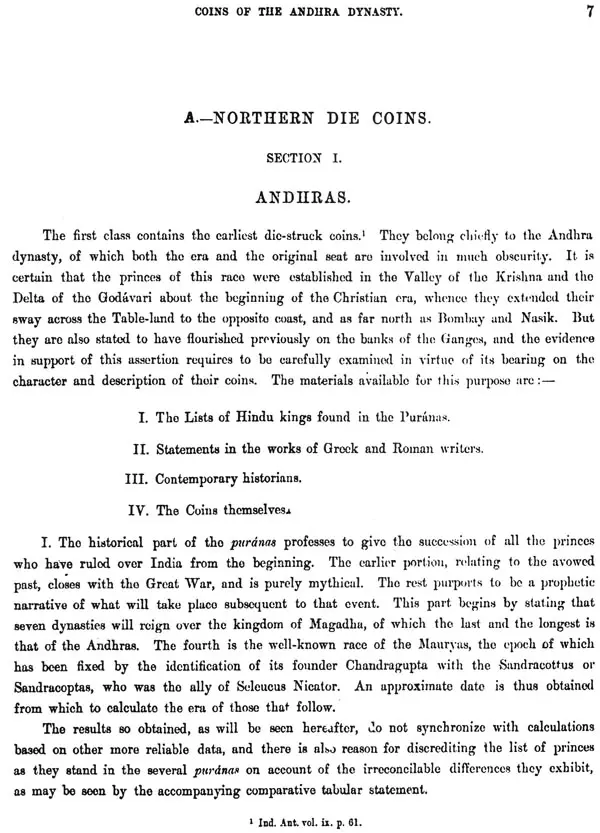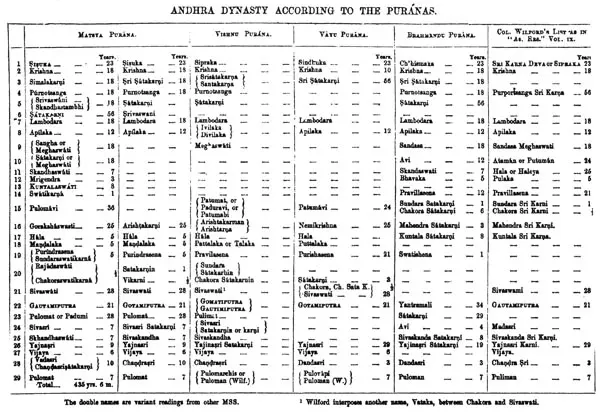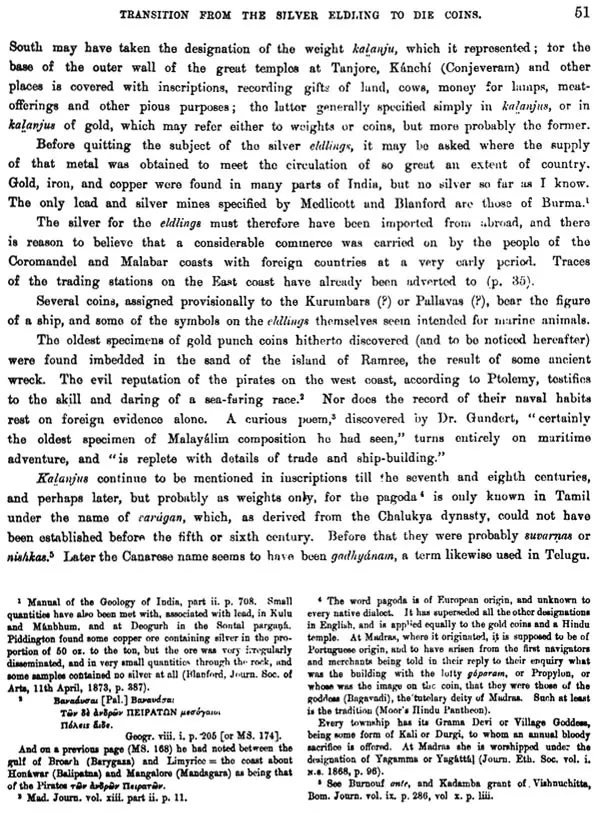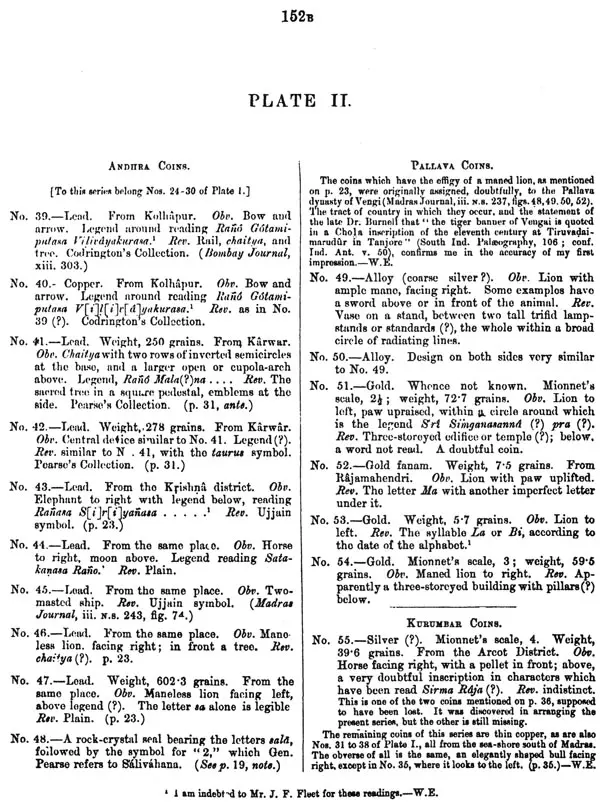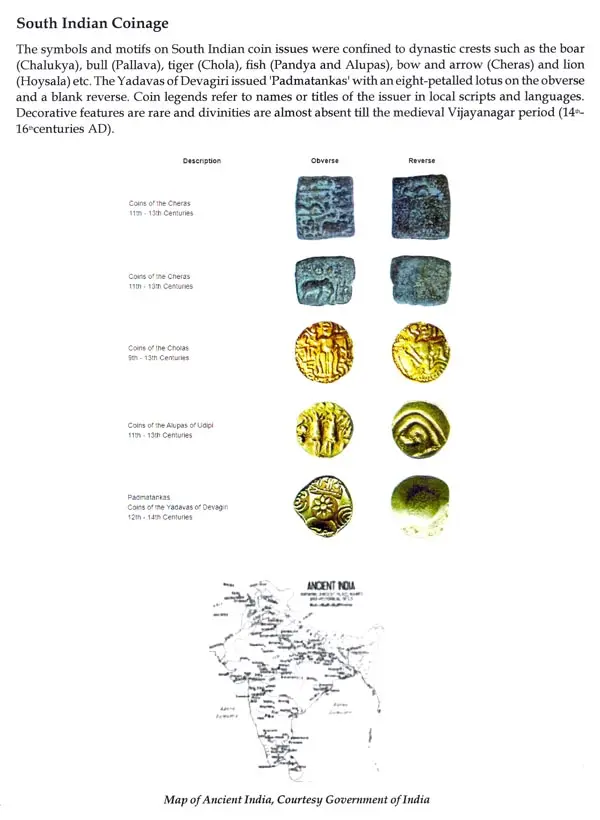
Coins of Southern India
Book Specification
| Item Code: | UAD904 |
| Author: | Walter Elliot |
| Publisher: | Shubhi Publications, Gurgaon |
| Language: | English |
| Edition: | 2022 |
| ISBN: | 9788182904491 |
| Pages: | 168 (Throughout Color and B/W Illustrations) |
| Cover: | HARDCOVER |
| Other Details | 11.50 X 8.50 inch |
| Weight | 1.01 kg |
Book Description
The difficulty of correcting proofs by means of the ear alone must be obvious, and will suffice to explain many of the typographical errors that would have been removed had the slips chanced to pass under my own eye.
In describing some of the coins here noticed, I had to trust chiefly to memory, which, notwithstanding the cheerful aid rendered by members of my own family, and by several friends, often left me in doubt and perplexity.
The plan I have followed in this essay has been to give a slight historical sketch of the principal southern rulers who issued dynastic coinages, as far as the limited means at my disposal would admit. Where the data for these were wanting or defective, I have indulged in greater detail, especially where the received history, such as it is, appeared to be inexact, or the chronology faulty or open to question. My speculations on these points may be amended and adjusted as the progress of the South Indian Archeological Survey brings more comprehensive evidence to light.
Residing in a distant part of this country, I have had to depend for the leading facts, in a great measure, on my own library and on my own original collection of coins. Aided by these, it has been my aim merely to give such a sketch of the monetary system of the Hindu principalities of the south, as will assist future numismatists to enter more fully into the coinage of the different dynasties.
Before being restricted to their present limits, the Dravidians, as may be inferred from A scattered communities of their race still subsisting in the Sub-Himalayan region, the Rajmahal Hills, etc., appear to have been spread over Northern India, whence they were ejected by another race of intruders from the north-west. The Aryans, after establishing themselves in the Punjab, eventually became the predominant power in the Gangetic valley, but they do not appear to have crossed the Vindhyan barrier in force, or to have gained a permanent footing in the Dakhan.' This did not hinder them from maintaining a friendly intercourse with their southern neighbours.
Book's Contents and Sample Pages


